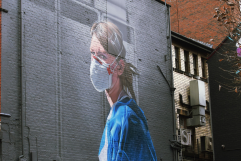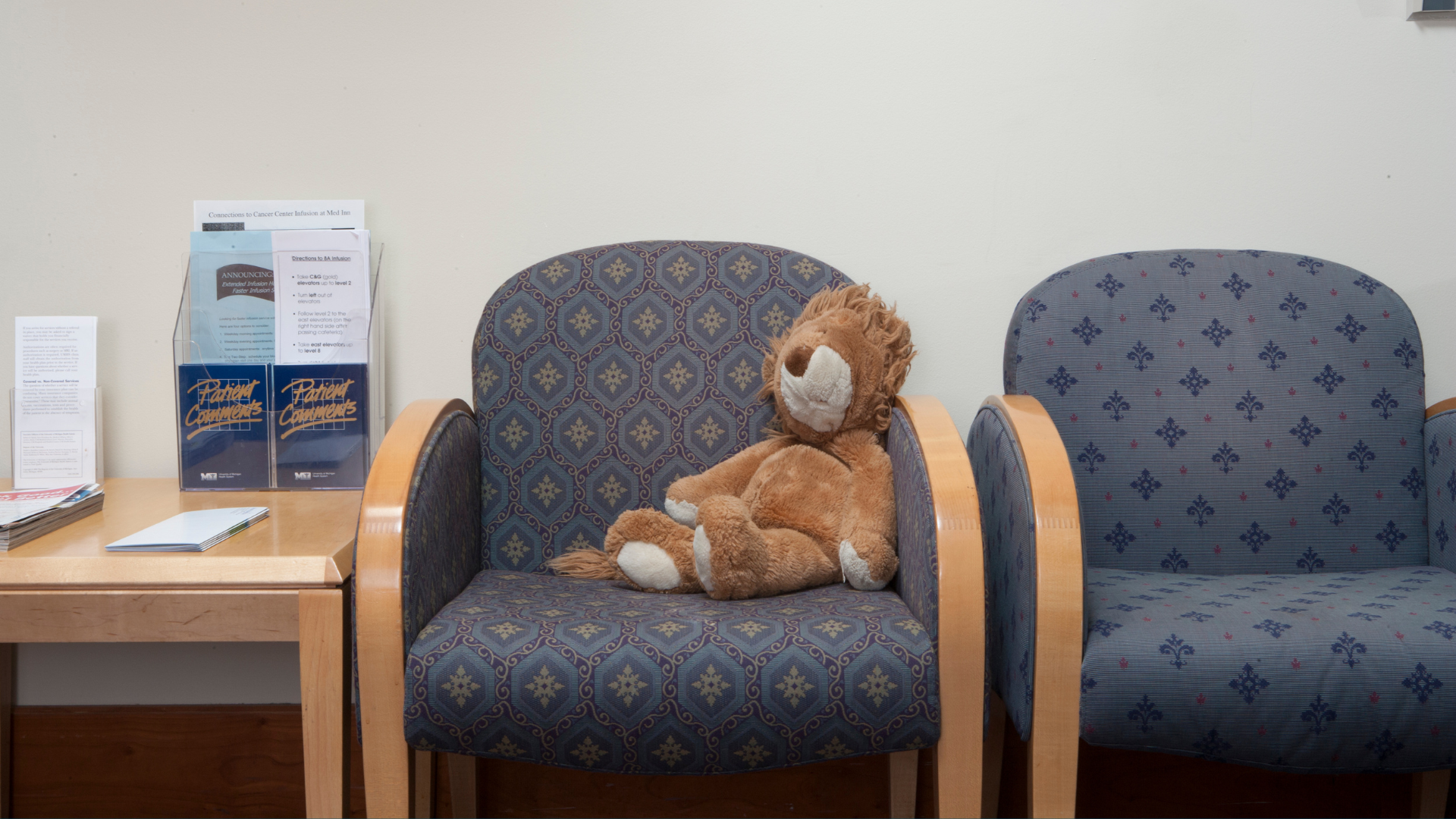
REACH-OUT: Caring for the Healthcare Workforce Post-COVID-19
This report, produced in partnership with the University of Leicester, the University of Nottingham,...

The Covid-19 pandemic has resulted in a large fall in hospital activity such as consultations, scans, tests and operations across England leading to a huge backlog in routine hospital care with an estimated seven million patients waiting to begin hospital treatment. The report outlines how people from Asian groups, in particular, experienced a much larger fall in planned hospital care during the pandemic than people from White, Black or Mixed ethnic groups.
The Covid-19 pandemic has resulted in a large fall in hospital activity such as consultations, scans, tests and operations across England leading to a huge backlog in routine hospital care with an estimated seven million patients waiting to begin hospital treatment. The report outlines how people from Asian groups, in particular, experienced a much larger fall in planned hospital care during the pandemic than people from White, Black or Mixed ethnic groups. Research shows large variations in rates of hospital care in England for different ethnic groups existed prior to 2020, but the 3.7 million drop in planned hospital procedures over the pandemic’s first two years worsened these disparities.
The methods outlined in this report provide a useful blueprint for local health systems to use in analysing and understanding their own elective care backlogs and to reduce healthcare inequalities.
Our detailed analysis of hospital data from March 2019 to February 2022 reveals that:
The quality of data available for analysis limited our findings. We renew our appeal for national and local organisations to act on the poor quality of ethnicity data and call on national policy-makers and local leaders for:
Further work to understand ethnic variation in elective pathways for specific procedure groups, including action by national clinical audits, which will require improved ethnicity data collection and analysis.
These actions are needed to ensure that learning from the first two years of the pandemic is taken on board, as we move into the next phase of the pandemic.